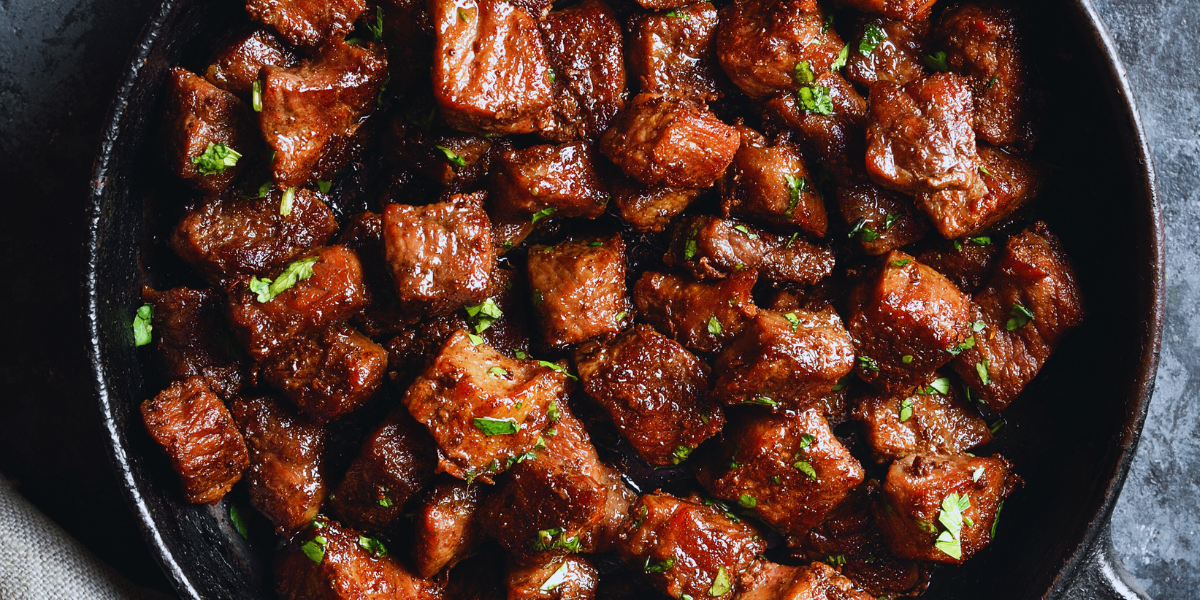
Discover the Secret of Teres Major Beef Steak
If you’re a fan of hanger steak, flat irons, bavette, and other “butcher steaks,” then you’re going to love the teres major beef steak, also known as the oyster steak. Once a chef’s secret, this underused cut of beef is a fantastic substitute for beef tenderloin and boasts a rich history and unique flavor.
The Story Behind Teres Major
The teres major steak has a fun urban legend attached to it. During the 90s, when filet mignon prices skyrocketed, some chefs in the Twin Cities faced rising food costs by cleverly serving petite tender steaks cut from the teres major. They didn’t change the name or price on the menu, highlighting the steak’s incredible tenderness and quality. Whether this story is true or anecdotal, it emphasizes that the teres major is indeed a premium cut.
What is Teres Major Steak?
The teres major muscle is a lean cut of beef from the chuck section, located right below the front leg. Known mostly by skilled butchers, this cut goes by several names: shoulder tender, shoulder filet steak, teres major tenderloin, and teres filet.
Roughly the size of a pork tenderloin, it’s the second or third most tender cut of beef, right after tenderloin and ribeye. Unlike the tenderloin, the teres major has much more flavor due to being a heavily used, active muscle. This increased blood flow enhances its rich, beefy flavor with hints of iron, similar to a hanger steak. However, it also adds complexity to cooking, especially during the resting phase.
Preparing Your Teres Major Steak
If you are preparing the whole muscle, the Teres Major cut will require some trimming. The cut sold to restaurants often has the silver skin intact, covering a large portion of the muscle. If you buy from a local butcher, it might come mostly trimmed but could still have some silver skin or sinew that should be removed.
Cooking Tips:
- Seasoning: The teres major doesn’t need much. A simple seasoning with salt, pepper, and herbs will suffice. For the best results, dry brine the meat by seasoning and wrapping it in cling film overnight before cooking.
- Cooking: You can grill or sear the steak just like a tenderloin. However, due to the increased blood flow in the muscle, this cut requires a longer resting time after cooking—about twice as long as other steaks. For an 8 oz steak, rest it in a warm place for about 15 minutes before slicing.
- Serving: The teres major is best enjoyed medium rare or medium. Remember that the steak will rise by about 10°F as it rests. Slice against the grain for maximum tenderness.
Chef’s Recommendations
- Resting Time: Given the muscle’s increased blood flow, it takes longer to rest after cooking. Resting for about 15 minutes ensures the steak retains its juices and tenderness.
- Serving Temperature: Aim for medium rare or medium for the best flavor and texture.
- Accompaniments: A simple compound butter is a perfect complement to this steak. Try maitre d’hotel, ramp butter, black truffle butter, or mushroom butter for an added touch of luxury.
- Portioning: Each steak is typically about 8 oz, making it a modest serving for two people. You can also cut each steak into smaller medallions of 3-4 oz each.
The teres major beef steak is a delightful, underappreciated cut that offers both tenderness and rich flavor. Whether you’re a seasoned chef or a home cook looking to try something new, this cut is sure to impress at your next meal. Enjoy experimenting with this versatile steak, and savor the complex, beefy flavors that make the teres major a hidden gem in the world of beef.
- 1 Tbsp paprika
- 1.5 tsp salt
- 1.5 tsp garlic powder
- 1 tsp onion powder
- 1 tsp chili powder
- .75 tsp dried thyme
- .5 tsp oregano
- .5 tsp brown sugar
- .5 tsp cayenne
- .25 tsp cracked pepper
- .75 lb. Teres major, shoulder tender cut into 2 inch cubes
- 1-2 Tbsp high heat oil for cooking
- .25 cup butter
- 4 cloves garlic, chopped
- Toss steak cubes in cajun seasoning until evenly coated.
- Heat skillet over med-high heat until oil begins to emit a small amount of steam.
- Sear the steak bites in batches for 2-3 minutes each side until edges are crispy and browned, adding extra oil as needed. Set aside.
- Sear the steak bites in batches for 2-3 minutes each side until edges are crispy and browned, adding extra oil as needed. Set aside.
- Take the pan off the heat. Throw the steak bites back in and toss through the garlic butter to evenly coat.

